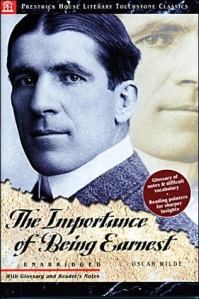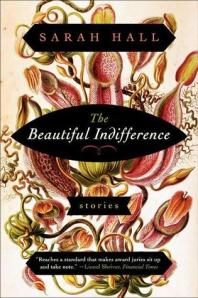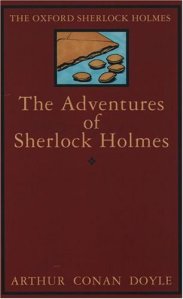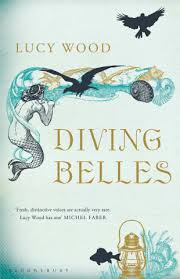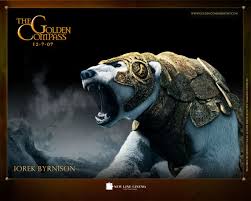
Goodbye 2013! I’m quite pleased with the amount of British books that I read last year, here they all are with links to my reviews.
Jasmine Nights – Julia Gregson
Mad World: Evelyn Waugh and the Secrets of Brideshead – Paula Byrne
Alice in Wonderland – Lewis Carroll
Tess of the D’Urbervilles – Thomas Hardy
The Water Babies – Charles Kingsley
Death on the Nile – Agatha Christie
The Fever Tree – Jennifer McVeigh
Bright Young Things – Scarlett Thomas
The Palace of Curiosities – Rosie Garland
Netsuke Nation – Jonathan Magonet
Churchill’s Empire: The World That Made Him and the World He Made – Richard Toye
The Universe Versus Alex Woods – Gavin Extence
Among the Bohemians: Experiments in Living 1900-1939 – Virginia Nicholson
Lolly Willowes – Sylvia Townsend Warner
The Prime of Miss Jean Brodie – Muriel Spark
Mrs Robinsons Disgrace – Kate Summerscale
A Study in Scarlet – Arthur Conan Doyle
The Bloody Chamber and other stories – Angela Carter
The Falcons of Fire and Ice – Karen Maitland
Nancy: The Story of Lady Astor – Adrian Fort
The Real Jane Austen: A Life in Small Things – Paula Byrne
Brave New World – Aldous Huxley
These Foolish Things/The Best Exotic Marigold Hotel – Deborah Moggach
And Did Those Feet – Charlie Connelly
The Girl You Left Behind – Jojo Moyes
Close My Eyes – Sophie McKenzie
The Bone Dragon – Alexia Casale
The Slaves of Solitude – Patrick Hamilton
Dear Lupin: Letters to a Wayward Son – Charlie and Roger Mortimer
The Redemption of Alexander Seaton – S.G. MacLean
A Little Princess – Frances Hodgson Burnett
The Casual Vacancy – J.K. Rowling
The Bolter: Edwardian Heartbreak and High Society Scandal in Kenya – Frances Osborne
A Child of the Jago – Arthur Morrison
The Sea Change – Joanna Rossiter
My Dear I Wanted To Tell You – Louisa Young
The Girl Who Fell From The Sky – Simon Mawer
Cross My Heart: And Hope To Live – Carmen Reid
Tell Me Who I Am – Alex and Marcus Lewis with Joanna Hodgkin
Life After Life – Kate Atkinson
The Comedy of Errors – William Shakespeare
The Cuckoo’s Calling – Robert Galbraith
Voyage In The Dark – Jean Rhys
Mr E. Morse BA OXon (Failed) – Colin Dexter
The Sign of Four – Arthur Conan Doyle
One Step Too Far – Tina Seskis
Heartbreak Hotel – Deborah Moggach
Kiss Me First – Lottie Moggach
Never Coming Back – Tim Weaver
Northern Lights/The Golden Compass – Philip Pullman
A Month in the Country – J.L. Carr
The Red-Headed League – Arthur Conan Doyle
The Beautiful Indifference by Sarah Hall from the collection The Beautiful Indifference
The Village In The Jungle – Leonard Woolf
The Importance of Being Earnest – Oscar Wilde
So that makes 81 British books read over the year. I’ve found some great new authors and re-visited some old classics which has been brilliant. I’m looking forward to carrying on this challenge in 2014!
